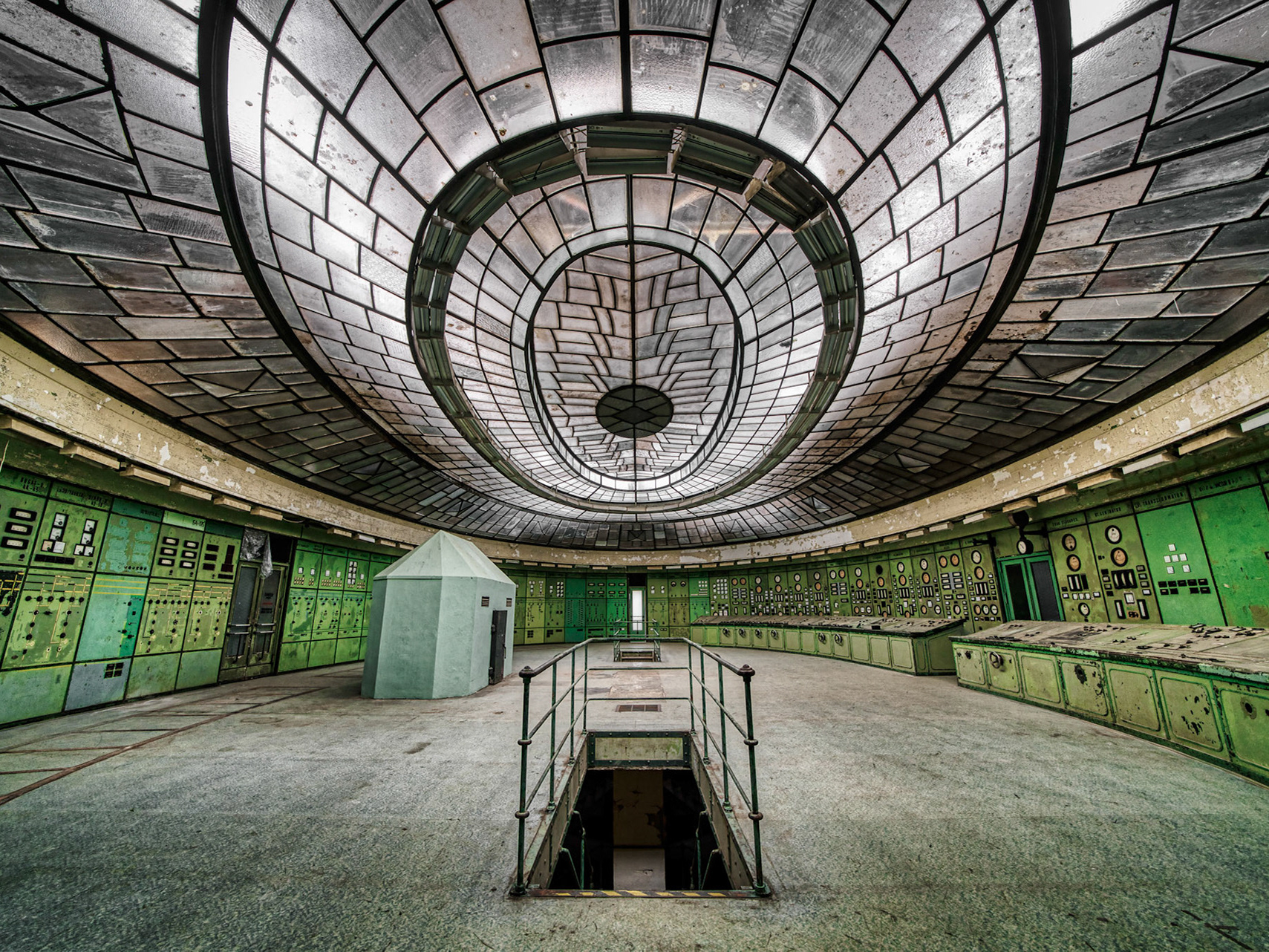Doha
It’s rare to see a great city in the making these days, but here's your chance. Whether it's the stunning and constantly changing skyline or the massive investments Qatari authorities are making in landmark cultural icons, Doha is a city oozing confidence and style, and it's as much ease with its modern shopping malls as it is with its heritage and traditional souqs.

2013

2022




Katara Cultural Village
Discover Qatar’s vibrant culture and traditions at the Katara Cultural Village. It houses many arts and cultural associations, as well as an assortment of galleries, a theatre, gardens, two mosques, a beach area, and the grand amphitheatre that marries classic Greek with Islamic architecture.






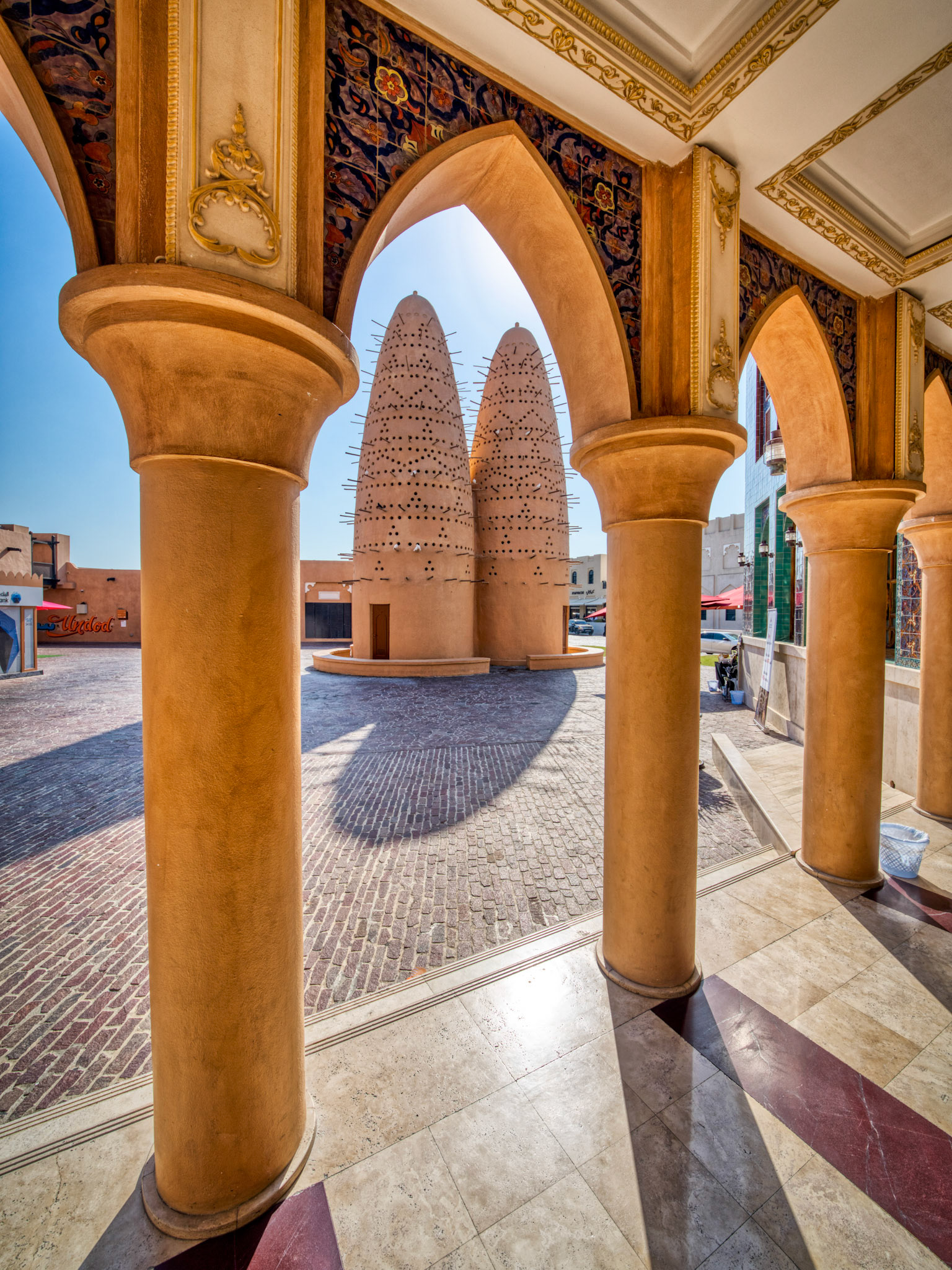


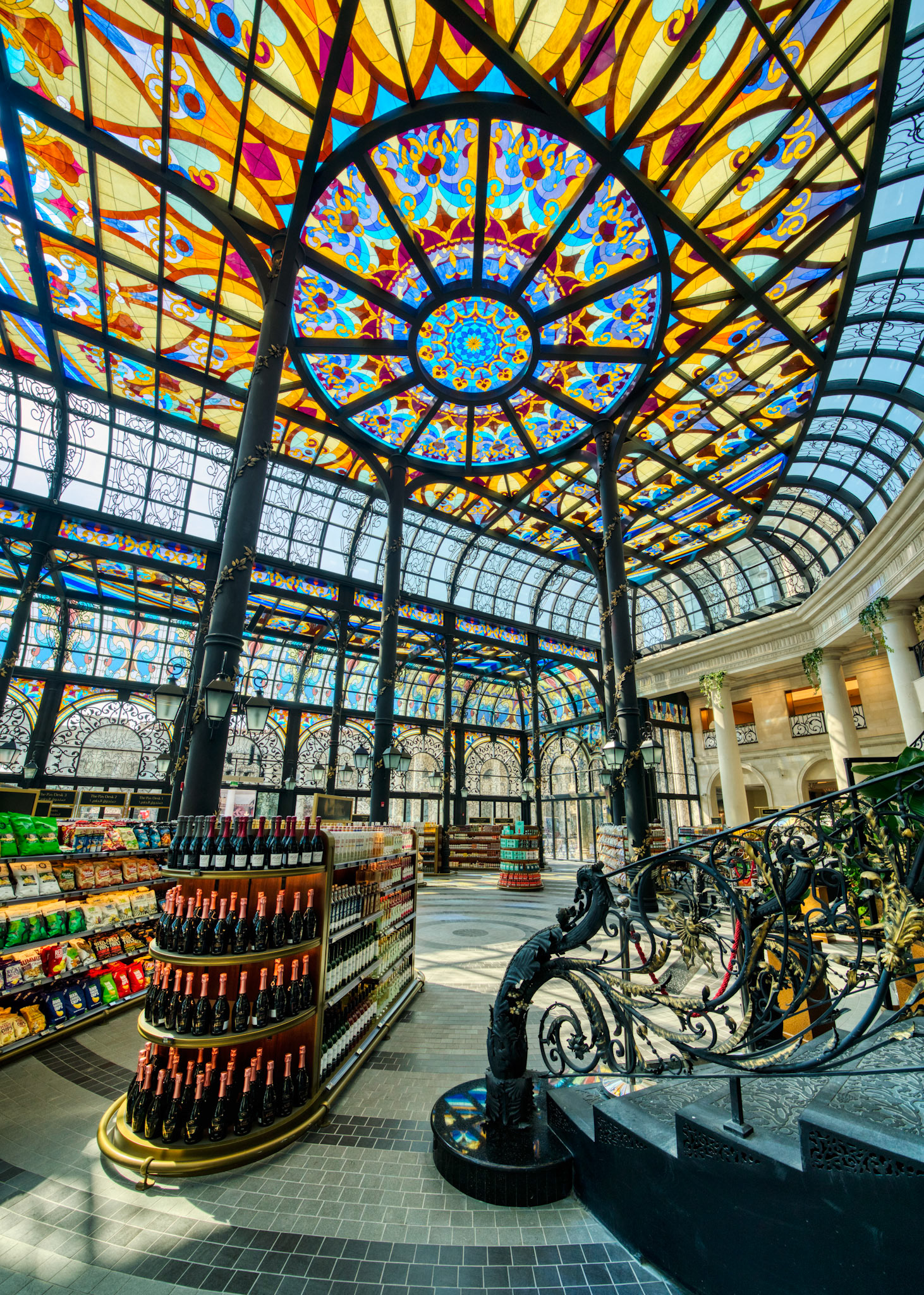
The Pearl
A man-made marvel of Doha, The Pearl Qatar is an artificial island covering an area of 13.9 square kilometers. It is one of the highly developed and luxurious regions in Qatar that houses around 46,000 individuals. Lying towards the west bay lagoon of Doha, the Pearl is the most popular attraction for discovering the excellence of architectural beauty.


National Museum of Qatar
The immersive and experiential National Museum of Qatar tells the story of Qatar and its people from earliest times to today,
As one of the country’s latest monumental works, it set out to address the contradictions and contrasts between Qatar’s past and present. Harnessing one of the region’s most distinctive natural features, the design was inspired by a flower-like aggregate of mineral crystals known as a desert rose.




Lusail
Lusail City is a flagship project of Qatar. More than just another development, it is a sustainable and comprehensively planned city signifying Qatar’s progress on a grand scale.
No other project embodies the spirit and ambition of the Qatar National Vision 2030 better than Lusail, the nation’s largest development and a blueprint for Qatar’s urban transformation and multicultural fabric.
Located to the north of Doha, the new city is both an anchor for the nation’s thriving economy and a beacon of smart living.




FIFA World Cup Qatar 2022
A ground-breaking World Cup with a fairy tale ending
The first to be hosted in the Middle East, the first to be played in November and December, and the first of its size to be held in such a small geographical area, Qatar 2022 offered a fresh twist on this old and much-loved festival of football.
“In a normal World Cup, you have in one city fans of two countries, not more,” added the FIFA president Gianni Infantino. “Here, you have 32 countries plus all the other fans from the world who come to enjoy the World Cup together in the same place.”
With a population of less than 2.9 million and its stadiums are all within a 55 kilometers radius, questions naturally arose about how Qatar and its infrastructure would cope with a such a mass invasion. Those doubts were swept away by a tidal wave of fantastic football, flawless organization and friendly, passionate atmospheres on the streets and in the stadiums.
And it truly was a fantastic unique experience. Or on what World Cup will it be possible to watch 10 matches in all 8 stadiums in less than three weeks...
The Stadiums
Ahmad bin Ali Stadium
The Ahmed bin Ali Stadium took its design from the desert landscape around the ground in Qatar. It features several sand dune-esque structures after a redesign for the World Cup following its initial build completion in 2003.
40,000 fans will be protected via a lightweight canopy and advanced cooling systems, ensuring optimum comfort during the matches.
Khalifia International Stadium
Built in 1976, the Khalifa International Stadium has long been one of the most notable stadiums, having hosted the Asian Games, the Arabian Gulf Cup, and the AFC Asian Cup, among other events. For this event, the stadium is expanded to accommodate 40,000 fans and equipped with an “innovative cooling technology” that will allow players to compete in a comfortable environment

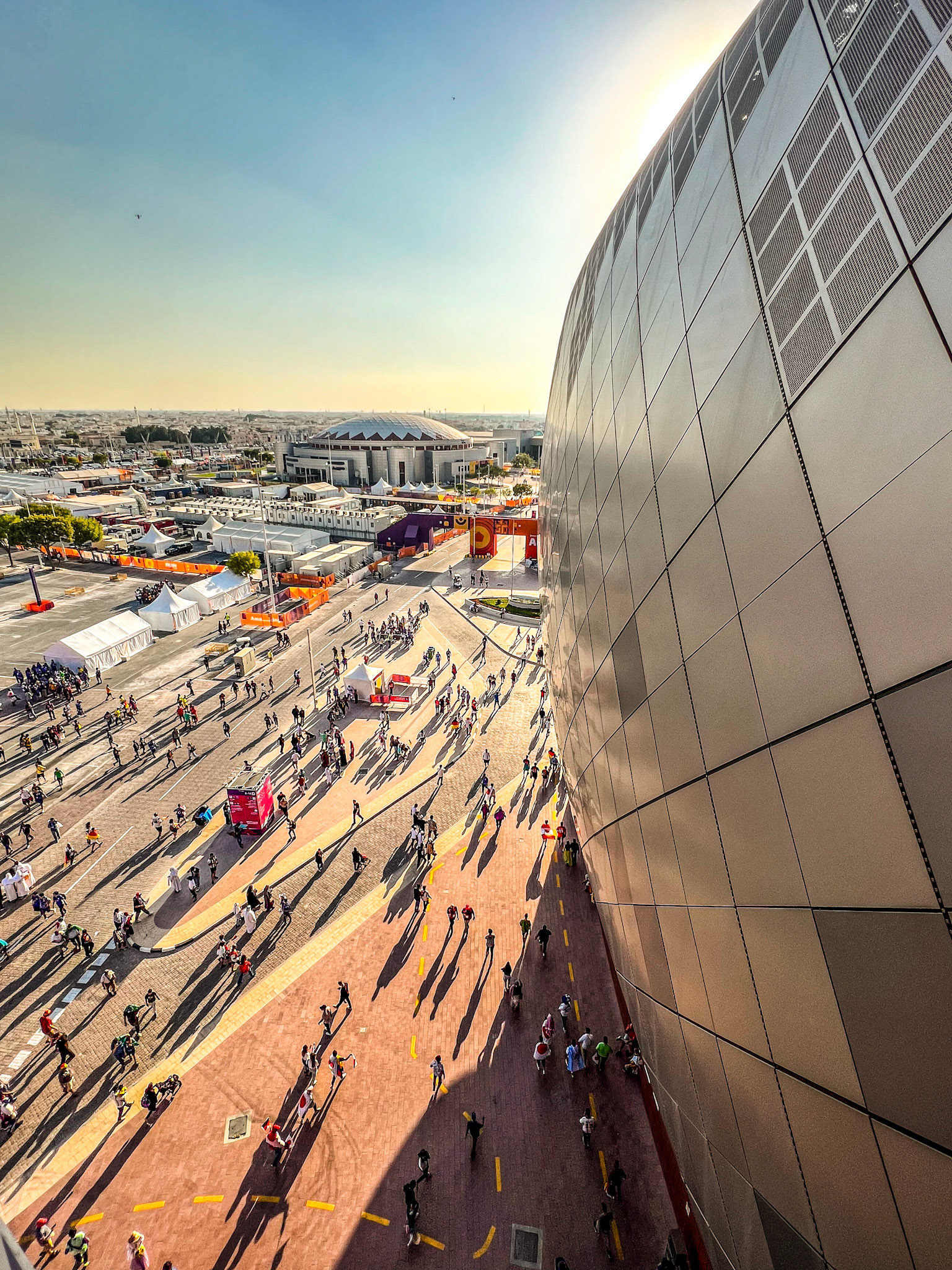

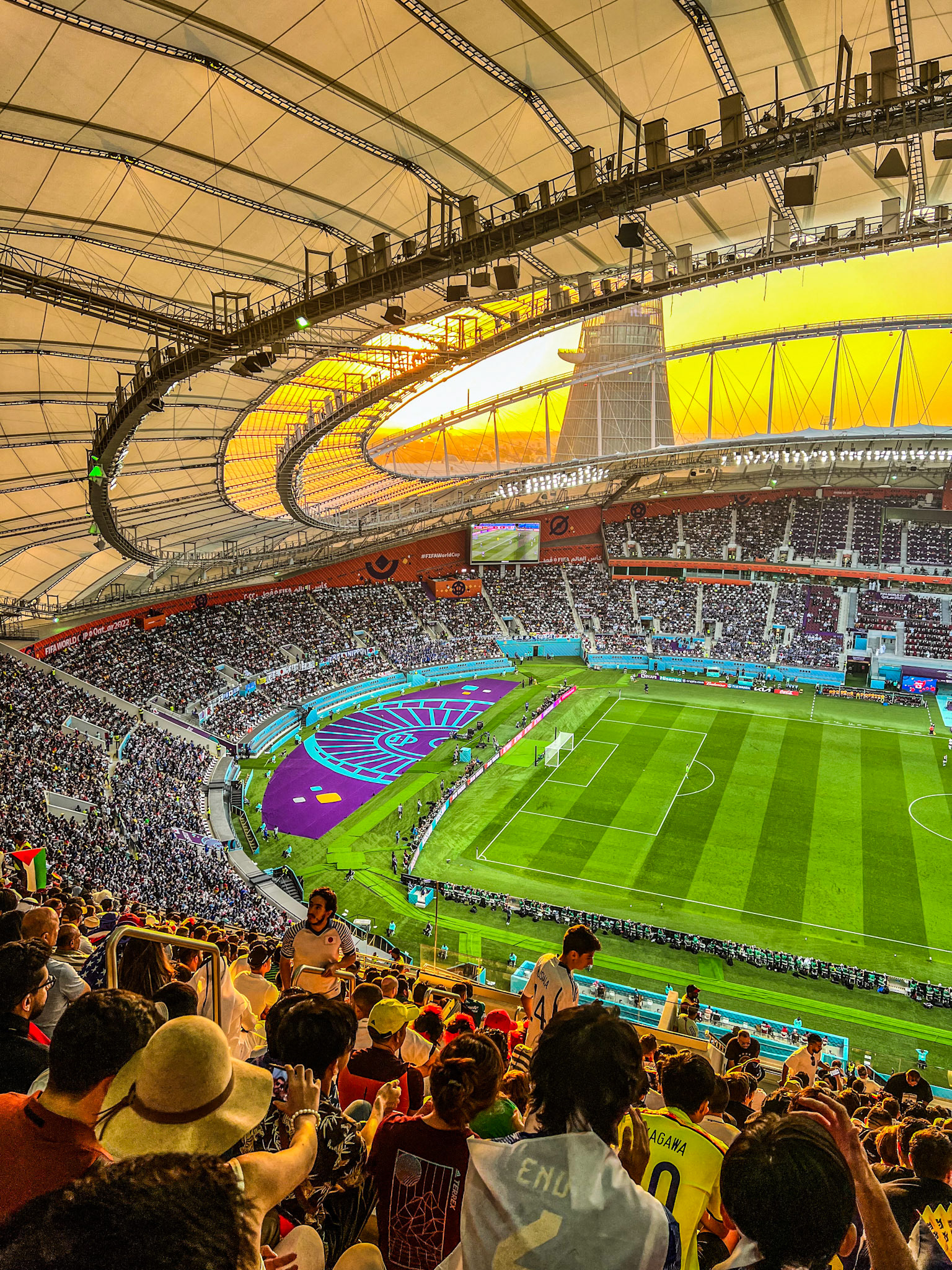
Al Janoub Stadium
The stadium's design, by the British-Iraqi architect Zaha Hadid, was inspired by the hulls of traditional pearl fishing boats, which are further reflected by the use of timber and traditional materials. The symmetrical roof, intended to look like sails, is the standout feature.


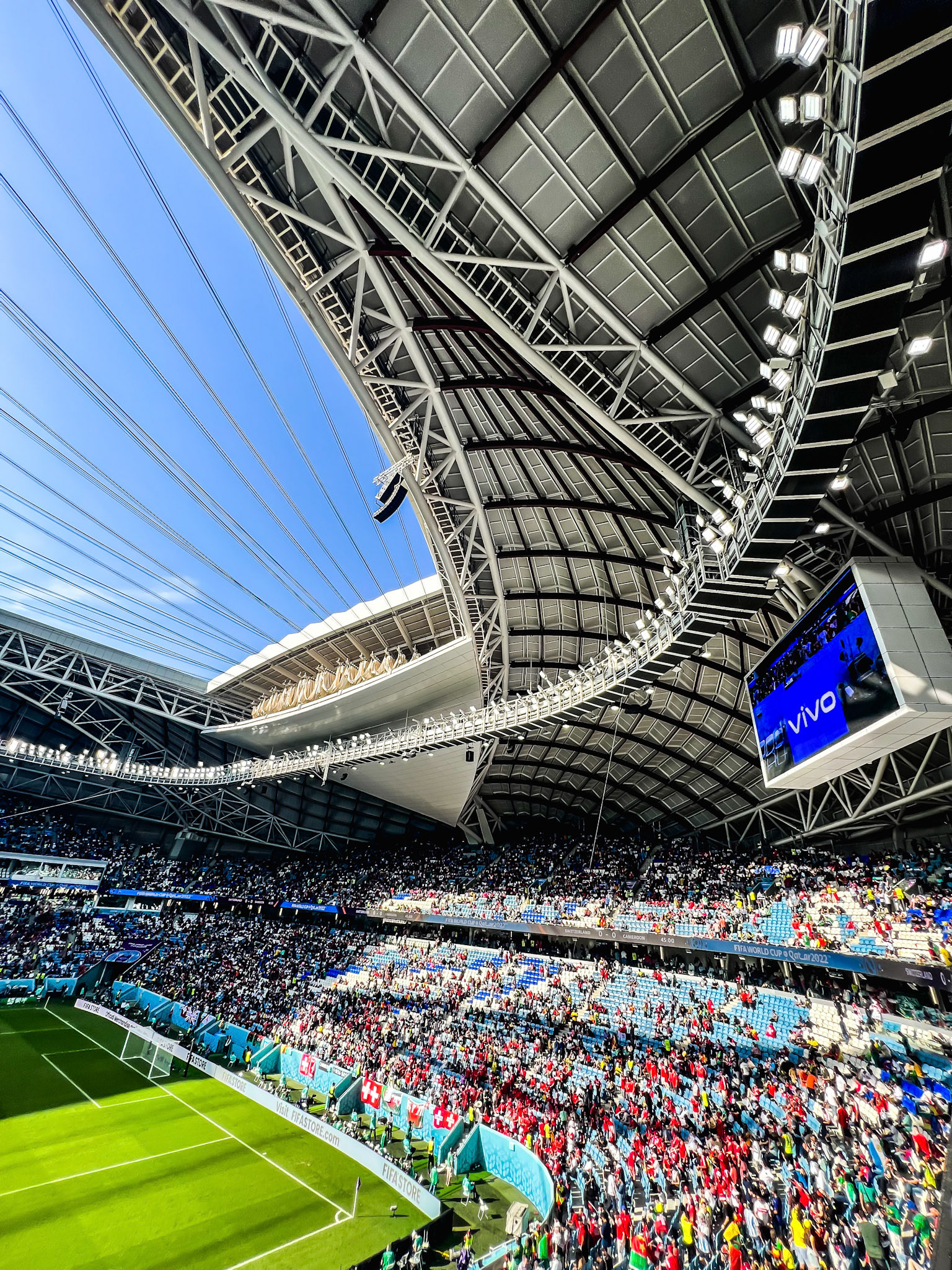

Stadium 974
Considered one of the most innovative stadium designs of all 8 structures, Stadium 974 is inspired by Qatar’s international trade and seafaring. The number "974" is highly significant for the project as well, as it is the international dialing code for Qatar, as well as the number of shipping containers used in its construction. The 40,000-capacity stadium will be entirely demounted upon completion of the World Cup and used as a waterfront development for the local community.


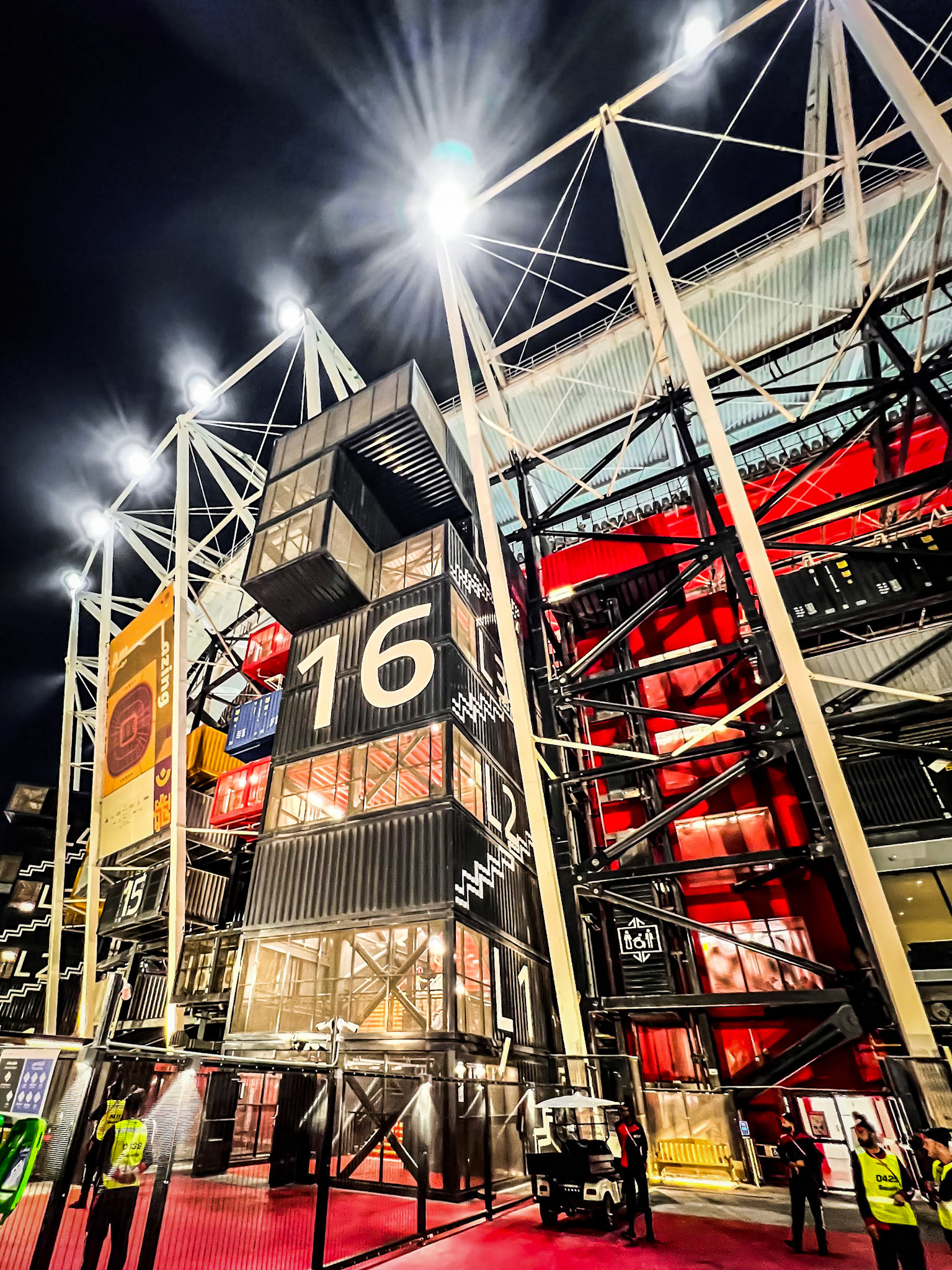

Education City Stadium
The Education City Stadium is surrounded by academic facilities and sports organizations. Due to its particular location in Education City, the structure has been carefully designed with a great focus on accessibility. During construction, excavators uncovered rocks that date back 20-30 million years, which forced them to dig 17 meters further down, so the pitch can sit below sea level where temperatures are cooler. The façade features triangular patterns, a reimagination of traditional arabesque patterns, that appear to change color during the day following the sun's movement across the sky.
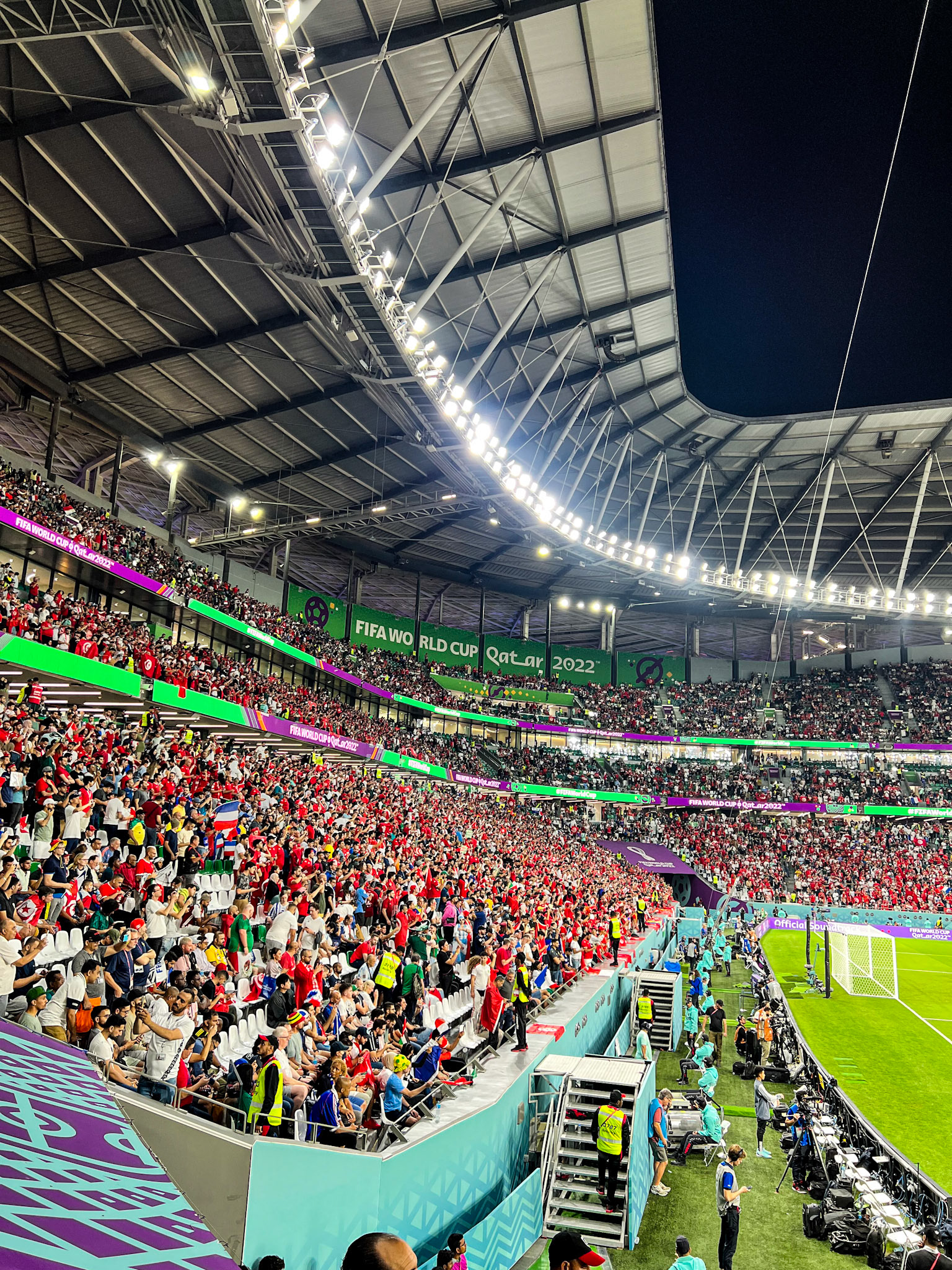

Al Bayt Stadium
At around 45 kilometers from the centre of Doha, Al Bayt Stadium represents the ‘outpost’ of football’s most compact World Cup. It is also one of the biggest stadiums at a capacity of 68,895. With its retractable roof and traditionally Arabic tented design, it is also one of the most eye-catching designs.


Al Thumama Stadium
Al Thumama stadium's design weaves Arab culture through its facade, drawing inspiration from the woven patterns of a Gahfiya, the traditional headpiece worn by Muslim men in the Arabian region. In addition to its design, the area surrounding the project explores the importance of ecological and contextual architecture. The stadium ensures the saving of 40% more fresh water compared to a conventional stadium, using recycled water to irrigate green areas. 50,000 sqm of park area is integrated within the design, using native trees to cover 84% of the landscape.
Lusail Stadium
The 80,000-capacity Lusail Stadium, the largest of all 8 structures, will be hosting the FIFA World Cup Qatar 2022™ final. The design is inspired by the interplay of light and shadow seen in the Fanar lantern. The structural form and façade echo the intricate motifs of art and furniture pieces found across the Arab and Islamic world during early civilizations. Due to its prominent locations in Lusail, a newly built metropolis, the master planning of the stadium features a tram system, and lush green spaces, turning it into a sustainability-focused arena that focuses on human needs and environmental conservation. Once the event is over, it will be transformed into a multi-purpose community hub with schools, shops, cafés, sporting facilities, and health clinics.






